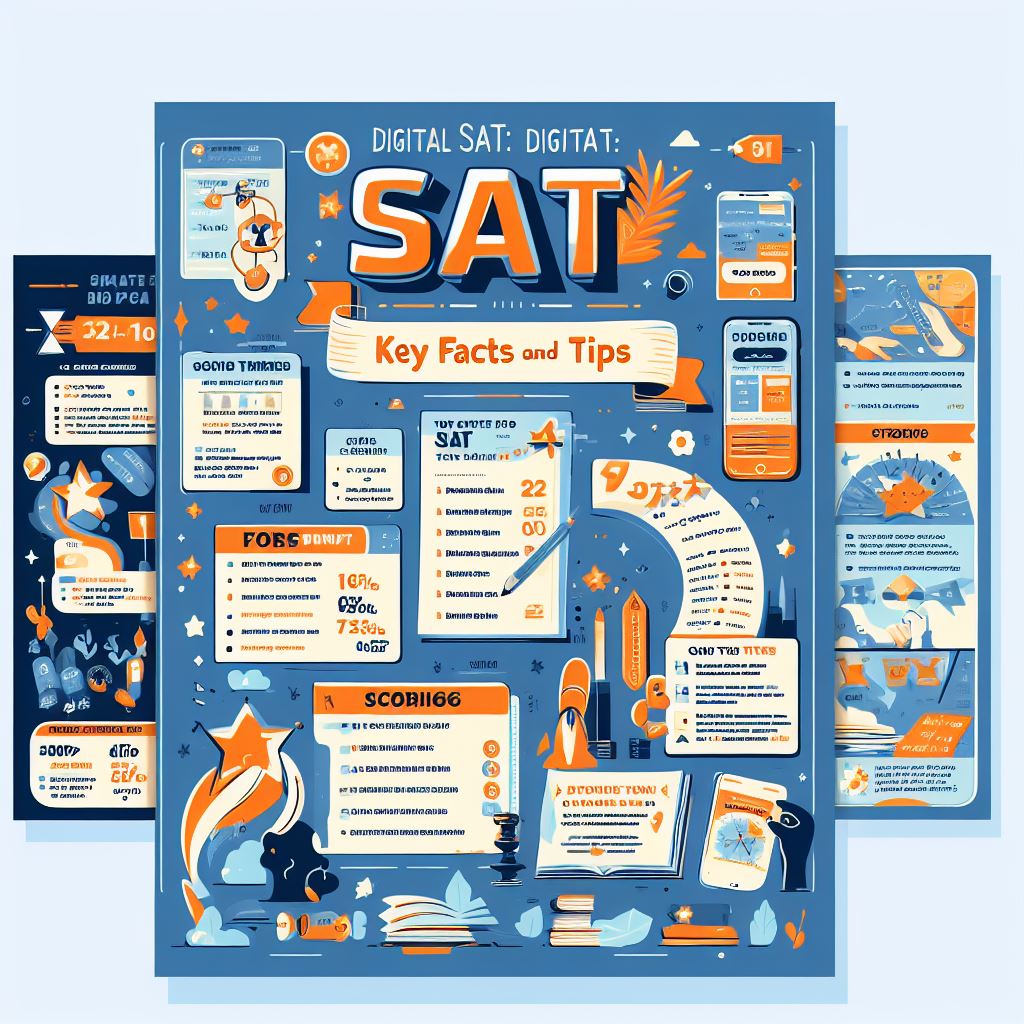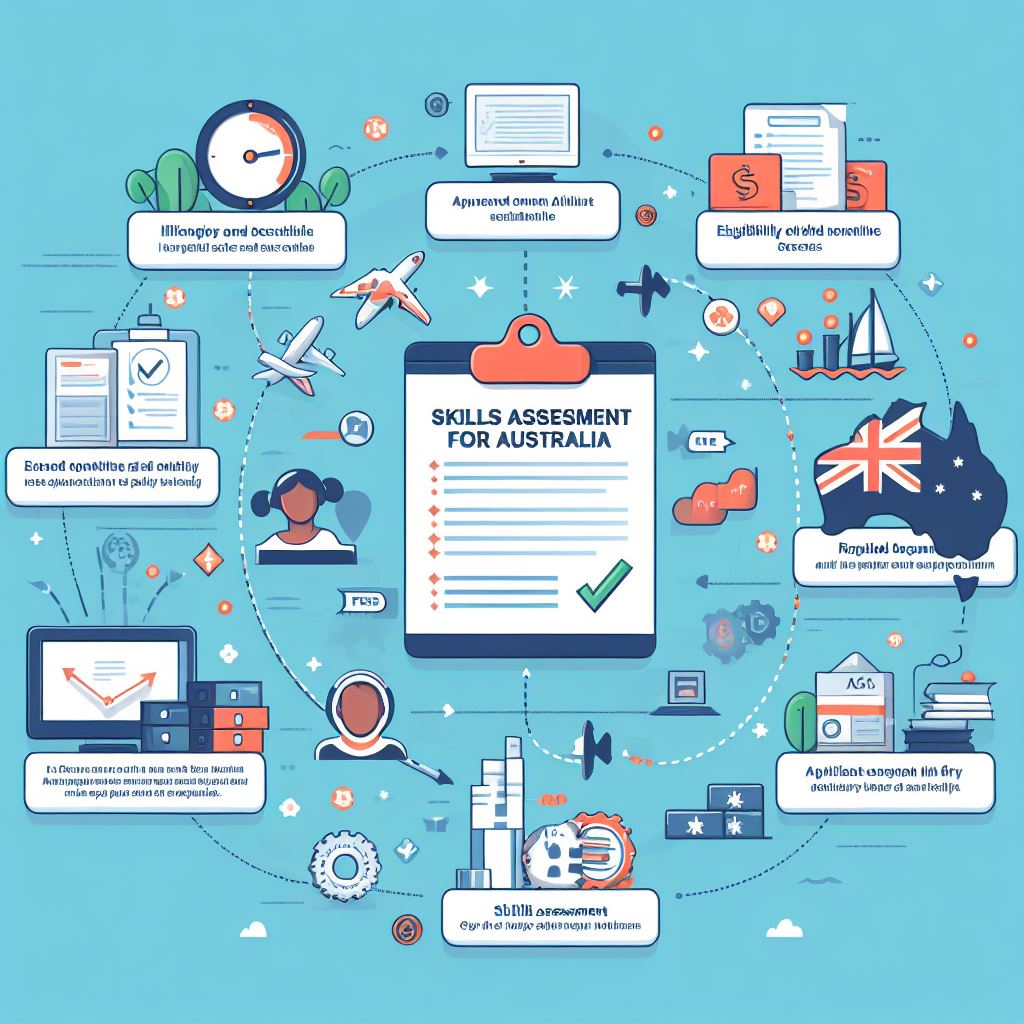Mastering the Digital SAT: A Comprehensive Guide to the Computer-Based Exam
Introduction:
The Scholastic Assessment Test (SAT) has been a pivotal component in the undergraduate admissions process globally. With the recent introduction of the digital SAT in March 2023, prospective students now have the option to take a computer-based version of this renowned standardized test. This shift not only aligns with the technological age but also addresses the challenges posed by the COVID-19 pandemic. In this guide, we explore the key reasons to take the SAT, the advantages of the digital format, and essential details to help test-takers prepare effectively.
Why Take the SAT?
- Global Application: The SAT is widely accepted by universities worldwide as part of undergraduate admissions.
- Scholarship Opportunities: A good SAT score can open doors to various scholarship opportunities.
- Frequency of Testing: Conducted five times a year, allowing flexibility for test-takers to choose an ideal examination date.
- Subject-Neutral Assessment: Unlike subject-specific tests, the SAT assesses general skills, making it accessible to a broad range of students.
- Profile Strengthening: A competitive SAT score enhances a student’s academic profile, showcasing their readiness for higher education.
Digital SAT Overview:
- Introduction: The digital SAT is the computer-based version administered by the College Board since March 2023.
- Exam Structure:
- Duration: 2 hours and 14 minutes (excluding a 10-minute break).
- Sections: Reading and Writing, Math.
- Total Questions: 98.
- Section Breakdown:
- Reading and Writing: 54 questions in 64 minutes, consisting of passages from diverse subjects.
- Math: 44 questions in 70 minutes, covering Algebra, advanced Algebra, problem-solving, data analysis, geometry, and trigonometry.
- Module Details:
- Reading and Writing: Two modules of 32 minutes each, with 27 questions in each module.
- Math: Two modules of 35 minutes each, containing 22 questions in each module.
- Breaks: A 10-minute break is allowed after completing the Reading and Writing section; no breaks during the modules.
- Devices Allowed: Test-takers need to bring their laptop or tablet, and school-owned PCs are acceptable. Borrowing a device from the College Board is also an option.
- Calculators: Personal calculators are permitted for the Math section, and the built-in Desmos graphing calculator is available in the Bluebook testing app.
Section Highlights:
- Reading and Writing Section: Comprising 54 questions based on short passages, covering topics from English literature, history, humanities, social studies, and science.
- Math Section: Featuring questions from Algebra, advanced Algebra, problem-solving, data analysis, geometry, and trigonometry.
Conclusion: Navigating the digital SAT requires strategic preparation and familiarity with the new format. As students gear up for this computer-based challenge, understanding the exam structure, utilizing permitted devices, and mastering each section’s nuances will be key to success. The digital SAT not only aligns with the evolving landscape of education technology but also provides a contemporary and accessible avenue for students worldwide to showcase their academic prowess.
To Know more about Important information about the digital SAT you should know! Contact with us

